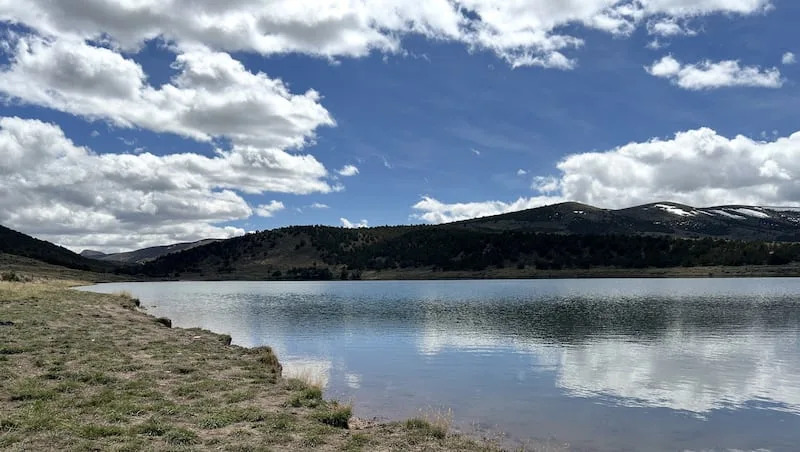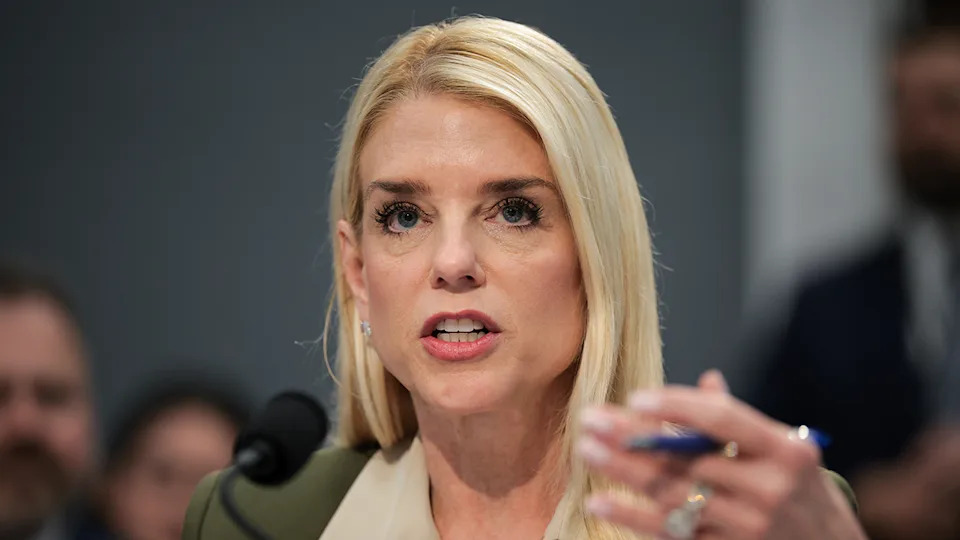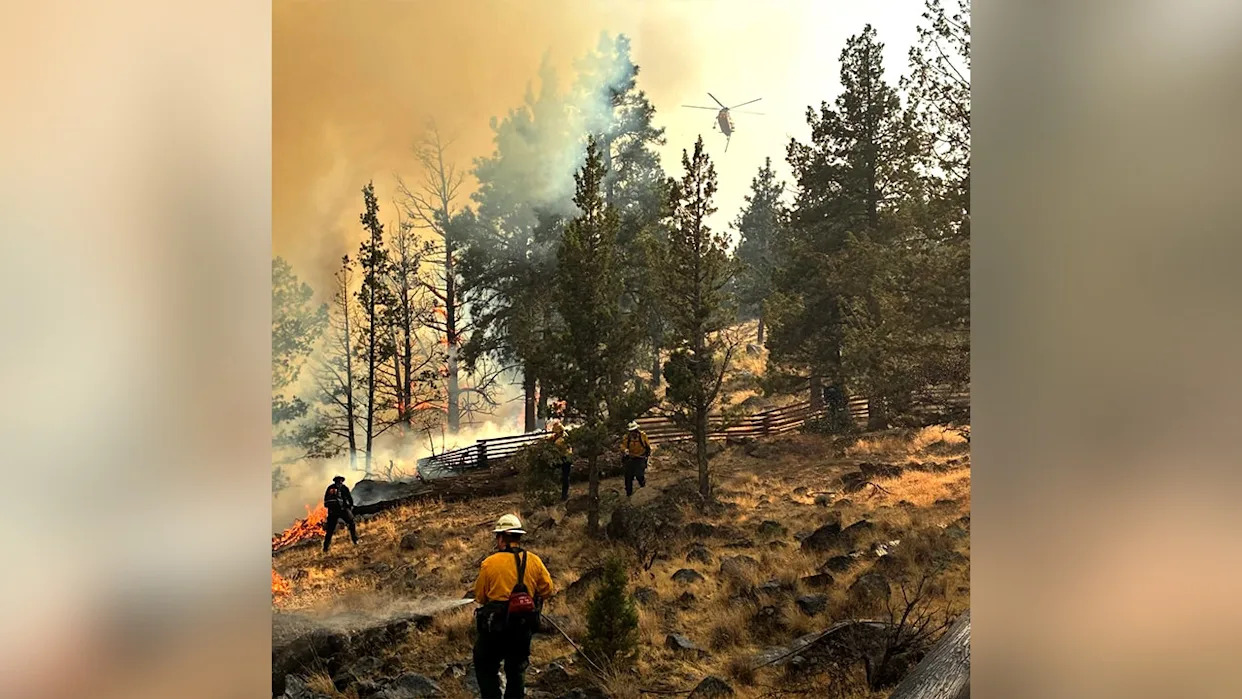
Utah wildlife officials are allowing anglers to collect more fish every day at three reservoirs across the state because of low water levels tied to a mix of drought and upcoming projects.
Utah Division of Wildlife Resources upped the daily limits at Nine Mile Reservoir in Sanpete County and Vernon Reservoir in Tooele County late last week amid low reservoir levels.
Anglers will be able to keep up to eight rainbow trout and eight tiger trout caught at Nine Mile Reservoir every day, which is double what was previously allowed in one day. They can also catch as many as eight brown trout, eight rainbow trout and eight tiger trout every day at Vernon Reservoir.
Both limits will remain in place through the end of October.
The agency typically orders emergency daily increases at bodies of water when levels drop to a point that leaves fish species prone to illness. That’s because higher water temperatures create lower oxygen levels, which can create stress for particularly coldwater fish species like trout, Trina Hedrick, the division’s sportfish coordinator, explained earlier this year.
“Fish can also die when temperatures are too warm or the oxygen levels get too low,” she said at the time.
It wasn’t immediately clear how much water was left in either reservoir; however, nearly all of Tooele County was in severe drought, while a mix of severe and extreme drought had set in across Sanpete County, according to the U.S. Drought Monitor.
State wildlife officials ordered a similar daily limit measure for Big Montes Creek Reservoir in Uintah County, but only because a project to repair its outlets requires most of the pool to be drained. That will cause the fish swimming in it to be lost along the way.
Anglers will be able to catch up to 100 bluegill or green sunfish daily, along with 48 bullhead, 16 channel catfish and 12 largemouth bass through the end of the year.
In a statement, Riley Peck, director of the Utah Division of Wildlife Resources, said he hopes these emergency measures will ensure that fish are harvested instead of going to waste this year.
“We hope anglers can prioritize fishing at these waterbodies because increased harvest will hopefully improve the survival of any remaining fish, as well,” he added.





Comments